How is the health insurance card virtualized? Three collaborative meetings to clarify possible directions
Is there a chance for the health insurance card to be virtualized? In 2018, PDIS opened three collaborative meetings to try to clarify: If the health insurance card is virtualized, what functions are expected to be owned by the public, and what risks should be avoided? These corresponding materials are important reference materials for the trial of future health insurance cards.
Do you have a chance to virtualize your health insurance card? In 2018, PDIS opened three collaborative meetings to try to clarify: If the health insurance card is virtualized, what functions are expected to be owned by the public, and what risks should be avoided? These corresponding materials are important reference materials for the trial of future health insurance cards.
In the review of the second-generation health insurance card program on April 10, 2018, the National Development Association invited the Public Digital Innovation Space Group (PDIS) of the Executive Yuan and the Open Government Contact (PO) of the Ministry of Health and Welfare to introduce a civil participation mechanism. Use multi-party collaboration and other methods to broaden the opinions of all walks of life and complete innovative planning operations. It is hoped that if technology and cost are feasible, if anyone wants to use the health insurance card in a purely mobile vehicle, there must be a viable solution for them to use.
The first collaborative meeting to clarify the expectations and concerns of the people
In the beginning, the Health Insurance Agency had some doubts about the case. The first one is how to implement the medical environment and the action credentials in the future when the physical card is completely used. The first is the information stored on the health insurance card. Currently, the health insurance card can store data. The clinic or hospital needs to upload the cloud within 24 hours, but sometimes there may be a drop, but if it is to be stored on the mobile vehicle, this may need to be overcome. Then there is the technology of identity authentication. There is a way to confirm the cardholder's own, how to use the action certificate to confirm? The third is the certification of the authorization mechanism. Some people do not have mobile phones, or children, how to use virtual credentials to seek medical treatment? Can I authorize a guardian to use it?
Moreover, if the physical card and the action voucher are in parallel, the medical institution may have different equipment to respond to, which may increase the cost of the medical institution; in some places, the network is not very good, if the action certificate is used Is there a problem?
To answer these concerns, PDIS begins with an inventory of the health care card. Take a look at the current process before you can start working on the virtualization part.
In the journey of health insurance card, it can be divided into the journey of the card itself, from the card, card replacement, to recovery; in the medical situation, there are procedures such as registration, consultation, pricing, and drug collection.
The first collaborative meeting was held on July 4, 2018. On the same day, various health insurance users, doctors and first-line health insurance card changers were invited to be divided into six groups to provide health insurance. Discussions on the feasibility of the development of action voucher, how to reduce the cost of introduction, etc., are expected to receive the expectations and concerns of the new generation of health insurance certificates. The host team also developed some questions and wanted to invite participants to share their vision and concerns. These issues include mobile payment or e-wallet, virtual card, contactless and mobile, authorization mechanism, biometrics, health card replacement, insurance card, device binding, lost replacement, non-medical use, etc. Discuss the use of medical situations in various situations, such as drug collection, hospitalization, and emergency department.
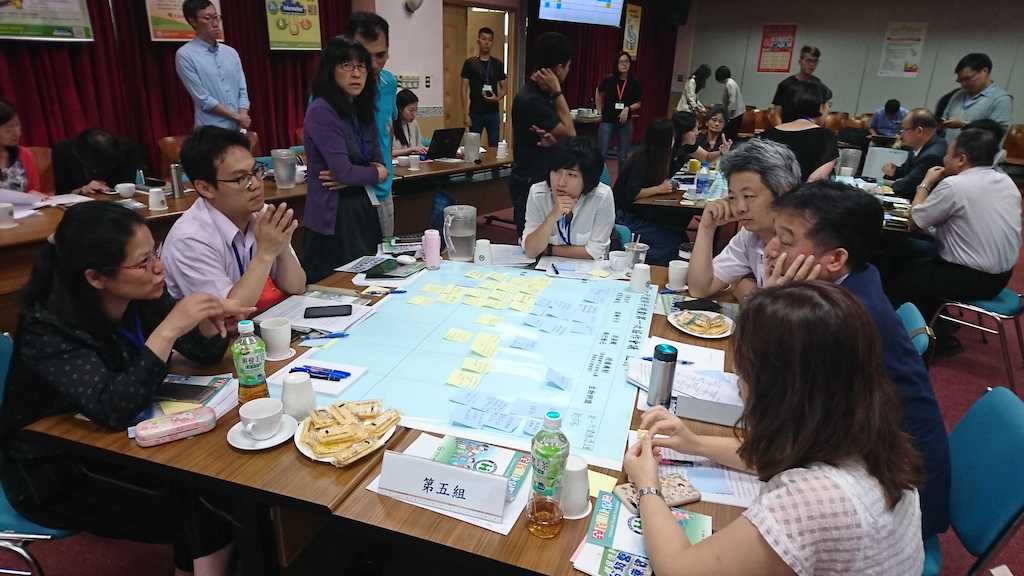
Because the nature of this meeting is more divergent, the groups have received a lot of worries and visions about their use. At the end of the meeting, PDIS received comments on two large posters. For the part of the action payment, the participants believed that there were many payment tools and no need to use the health insurance card. For the virtual card, the participants believed that the health insurance card must exist, and the security and accountability mechanism should Perfect; at the same time, explicit information should also be provided for identity identification. If the phone is changed or lost, the data should be completely eliminated. The participating medical institutions are worried that they will have to spend a lot of money to purchase related equipment in the future.
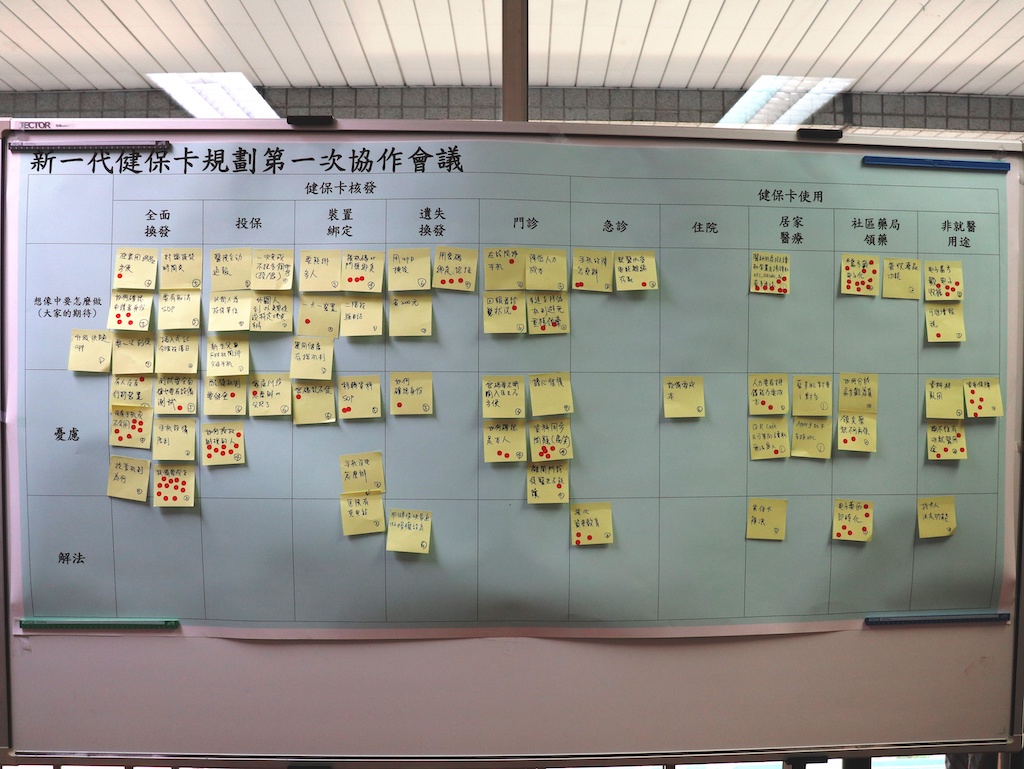
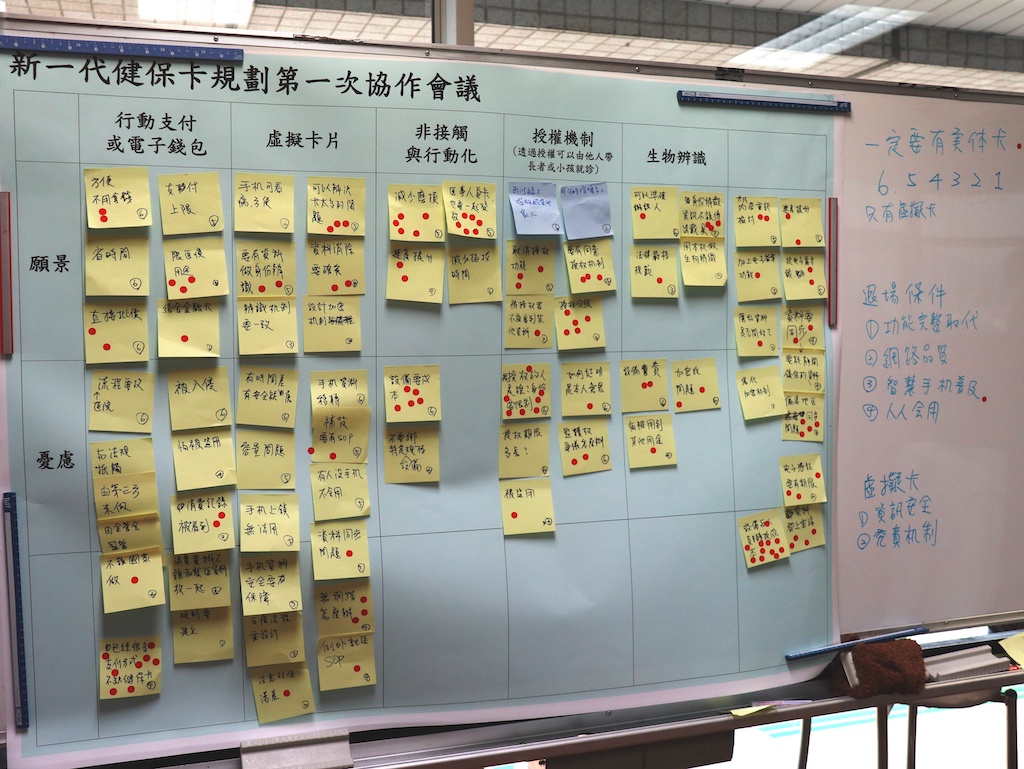
The second collaboration meeting is aimed at the people's expectation of planning possible solutions
After the first collaboration meeting, the Health Insurance Agency also through the "opening" function of the Join platform, invite netizens to express their expectations and concerns about the new generation of health insurance cards.
For these worries and visions gathered in the first collaborative meeting and network, PDIS and the Health Insurance Department gathered the relevant opinions after the meeting and spent hours to cast these concerns and visions into the core. Challenge Statement:
Imagine how to make health insurance cards more convenient under the premise of information security and at affordable cost, with good authorization mechanism, identity identification, and offline experience. To promote an action life policy?
> Imagine how to improve the reading and writing speed of the hospital, reduce the consumption of card reading equipment, and upload the medical information immediately to improve the quality of medical services.
In the second collaborative meeting, these "core challenge sentences" allow relevant experts to think about possible solutions together. The second collaborative meeting was held on July 25th. The planning was closer to the expert meeting. The planning first discussed the technical solutions and precautions in the context of “institutional visits” and “home medical care”. The regulations experts and cost experts will then review and check the plan. If there are opportunities for modification, they can immediately discuss possible solutions on the spot.
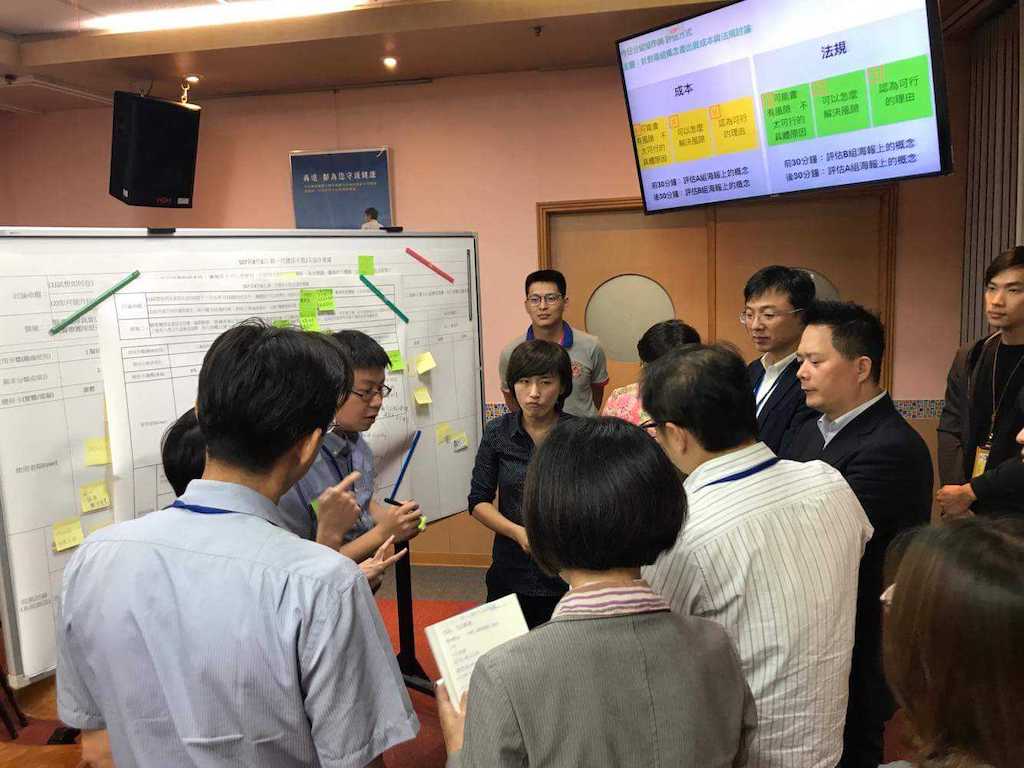
After the discussion and meeting of the second collaborative meeting, the application process of the virtual card can be applied through the physical card or online through the physical card, and the mobile phone hardware is bound; or directly input enough basic information. , download from the website. Offline home medical situation providers should obtain health insurance information before reaching the patient's home, and have a mechanism to ensure that the doctor can see the doctor; after the consultation, the prescription can be opened, but the network connection is required. When taking the HIS system, upload the medical consultation information to the Health Insurance Department immediately. In the case of general outpatient visits, the assistants must first obtain a health insurance card to facilitate the preparation of case data during the waiting time; after the visit, a mechanism is required to write back the health insurance card, including physical and virtual. If you want to try it later, you should also consider the issue of device update.
This discussion also discusses the three-card authentication process built on the asymmetric public key architecture. Through the public key of the Health Insurance Agency, confirm whether the medical card, the information given by the medical institution can be unlocked, and whether the information after the disassembly is correct, in order to achieve the three-card authentication process. If there is a need to exchange data, you can use the public key encryption of the other party or exchange the one-time key of the symmetric encryption through the public key.
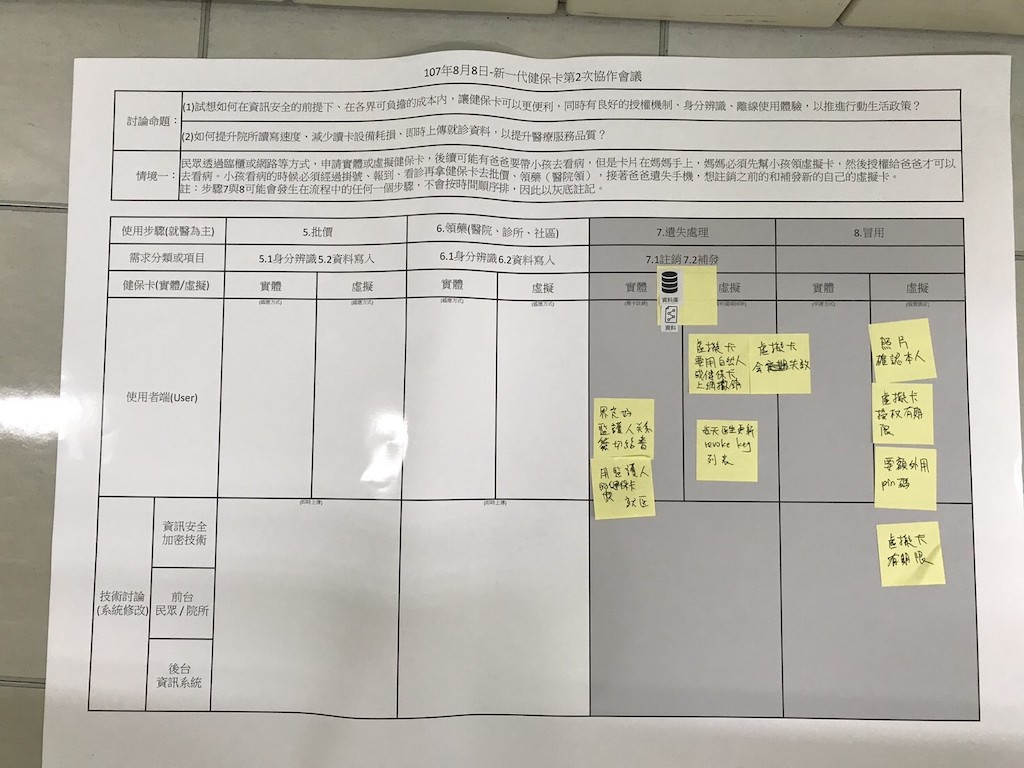
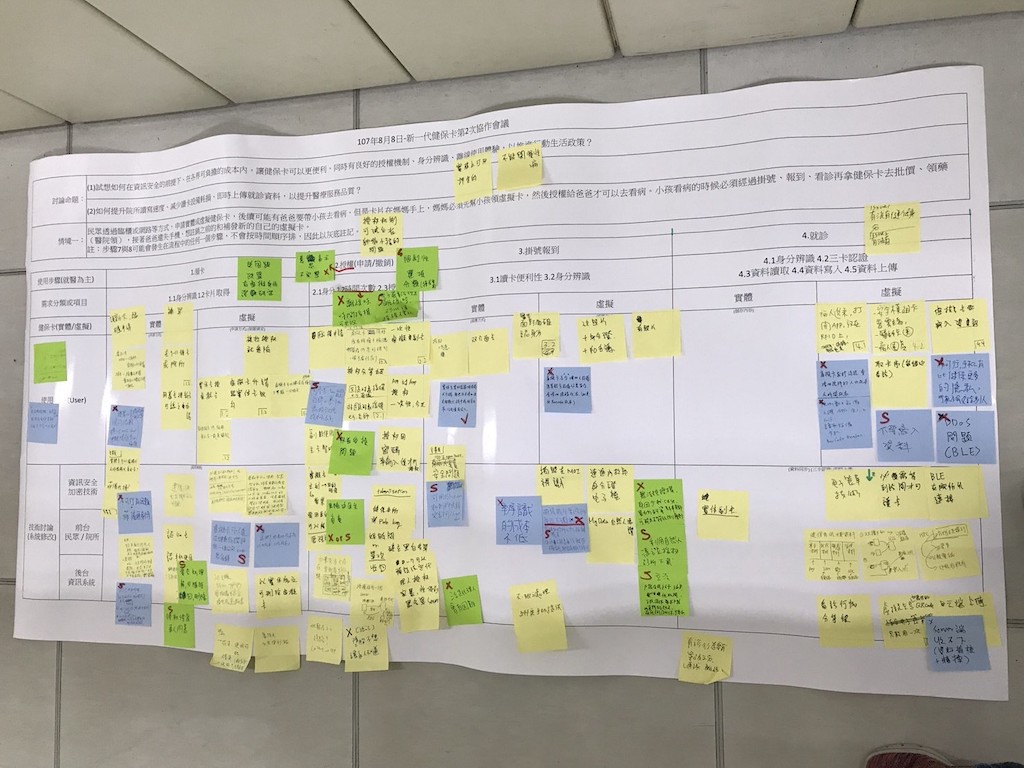
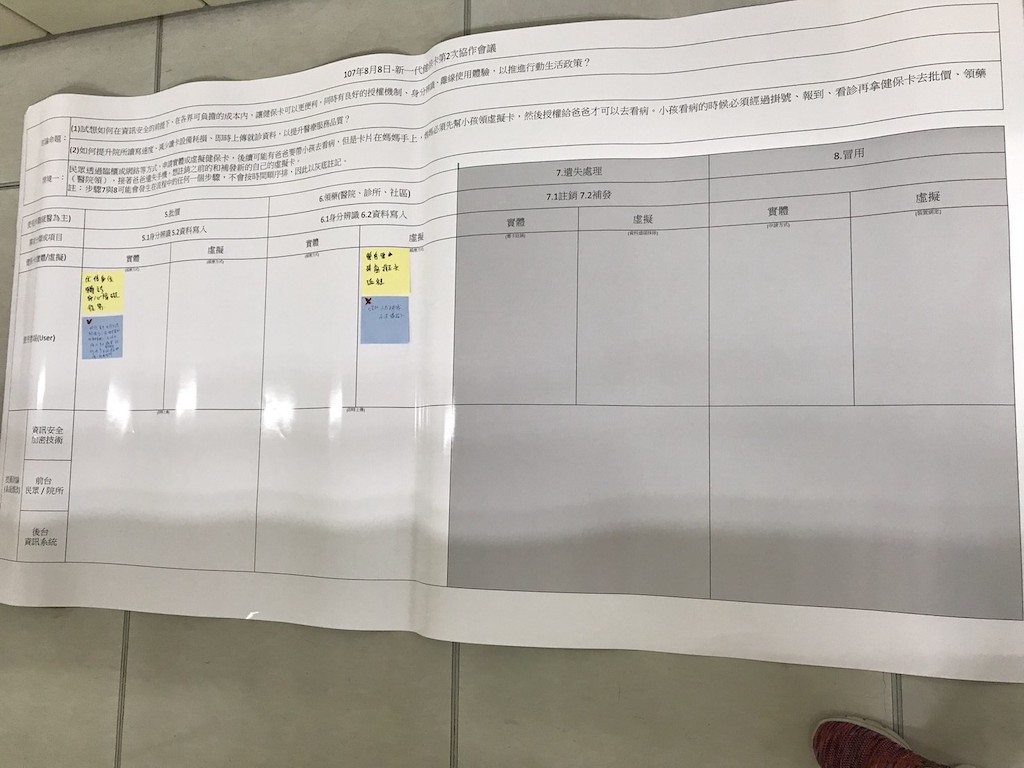
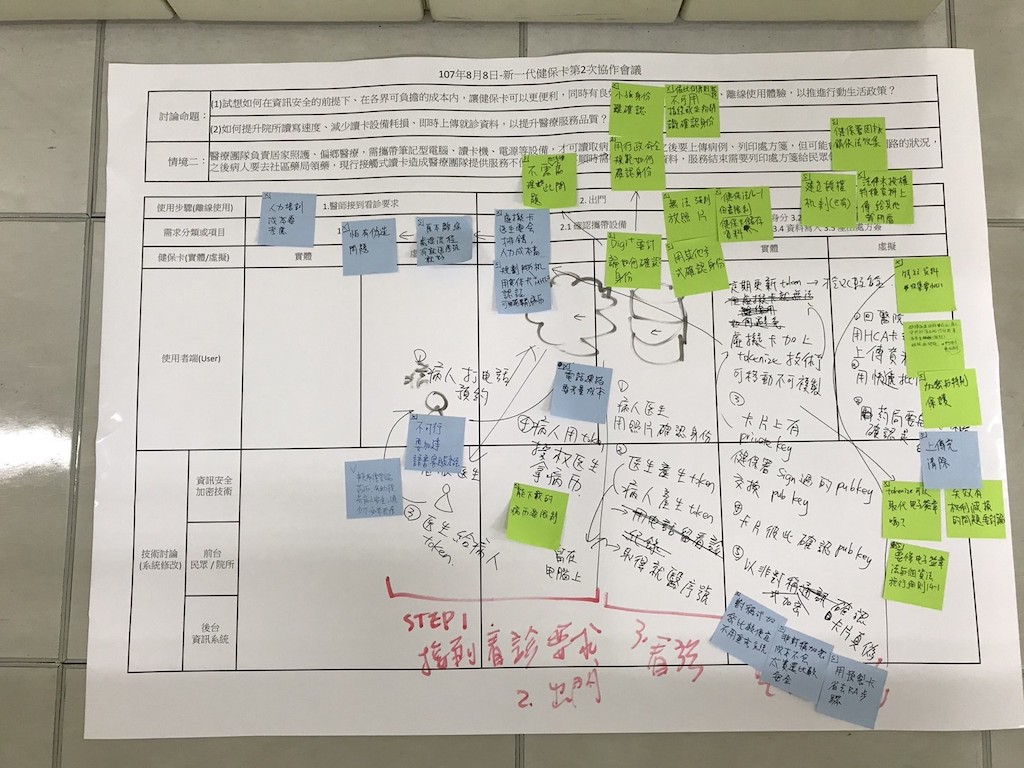

These considerations and related technical solutions need to be discussed in the third collaborative meeting.
The third collaborative meeting invited people to provide opinions on solutions.
If the process is described in a graphic description, it may be misunderstood by the participants, making it difficult to focus on the discussion; after discussion, health insurance The department filmed the film of the future health insurance card usage process and played it in a collaborative meeting to facilitate the participants to unify the use of the process before the discussion.
In order to allow participants to have the opportunity to speak and exchange ideas, the third collaborative meeting, held on November 26, divided the users into six groups, each group being as diverse as possible; The process invites participants to express their opinions. These opinions are further classified into "design well", "somewhat problem", "problem problem" and "other matters". In the process of discussion, there are three options for "Bluetooth connection at home", "NVI reading virtual health insurance card at the clinic" and "QRCode for consultation at the clinic".
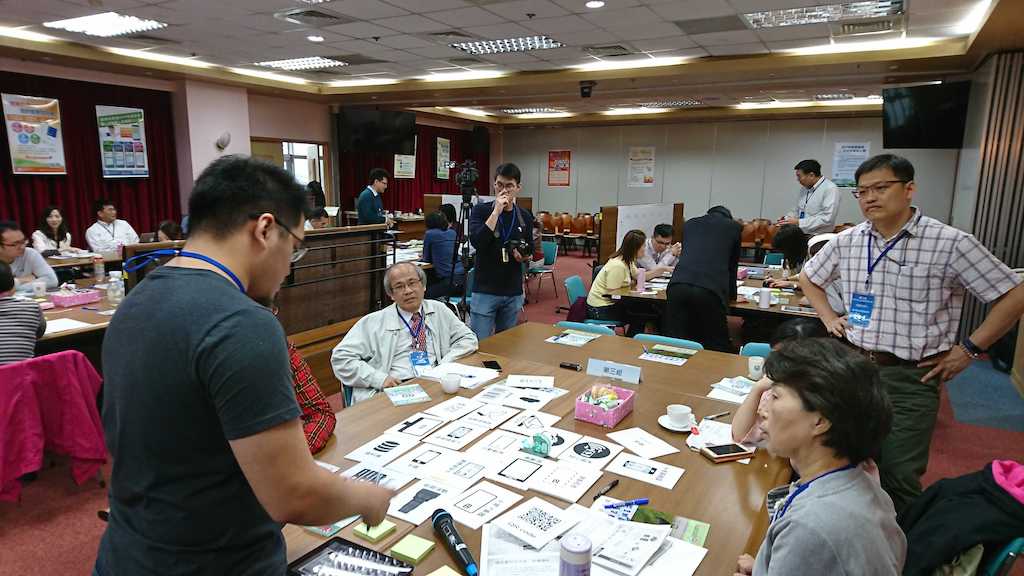
For the handling of virtual cards, some groups think that they need to handle the case for the first time, but some groups think that if they change their mobile phones, they need to handle them. I am afraid that they will provoke people’s complaints; others suggest that they should be able to apply online. More convenient. In the consultation section, the institute still worried that the cost of related equipment was too high, or the sensory was poor; some groups pointed out that online or telephone registration does not use the cabinet, this is just to confirm whether the health insurance card can be used and the patient's basic information, it is recommended that QRCode should It should contain relevant basic information so that it does not need to be read from the cloud. If the physical card and the virtual card are lost at the same time, they should be able to re-apply at the same time.
In the home examination section, if there is a network in the patient's home, it is recommended to be able to interface with the information system of the medical institution to inquire about drugs, consumables and inspection forms, and to sort out common drug data and packages. It can also increase the related convenience functions such as recording the questions to be asked about the consultation. However, if there is no Internet in the patient's home, you need to download the relevant information in advance. The prescription is also recommended to be transmitted to the patient's virtual card device. If the doctor returns to the hospital within 24 hours, he or she should have the opportunity to modify the prescription. Of course, the security protection should be done well. It is recommended that the hospital allocate a business jet to carry out related work, or develop a mobile information system interface to retain the flexibility of the information system of the medical institution.
In the consultation section, if you use the QR Code to remake the public, it may be blurred, and sometimes the problem will be lost; it is recommended that the relevant information can be directly transmitted to the public device; if the mobile phone is lost, it is recommended to be able to re-create from the cloud. download. According to the current law, prescriptions need to be stored for 3-5 years. After the digitization in the future, they can be signed after the pharmacist adjusts and the prescriptions are stored in the cloud. If the pharmacist finds that the prescription may be wrong, he also hopes to establish a conduit to facilitate communication between the pharmacist and the physician, and help the pharmacist to confirm the content again. If a controlled drug requires a medical certificate, you can use the virtual signature of the physician card to resolve it.
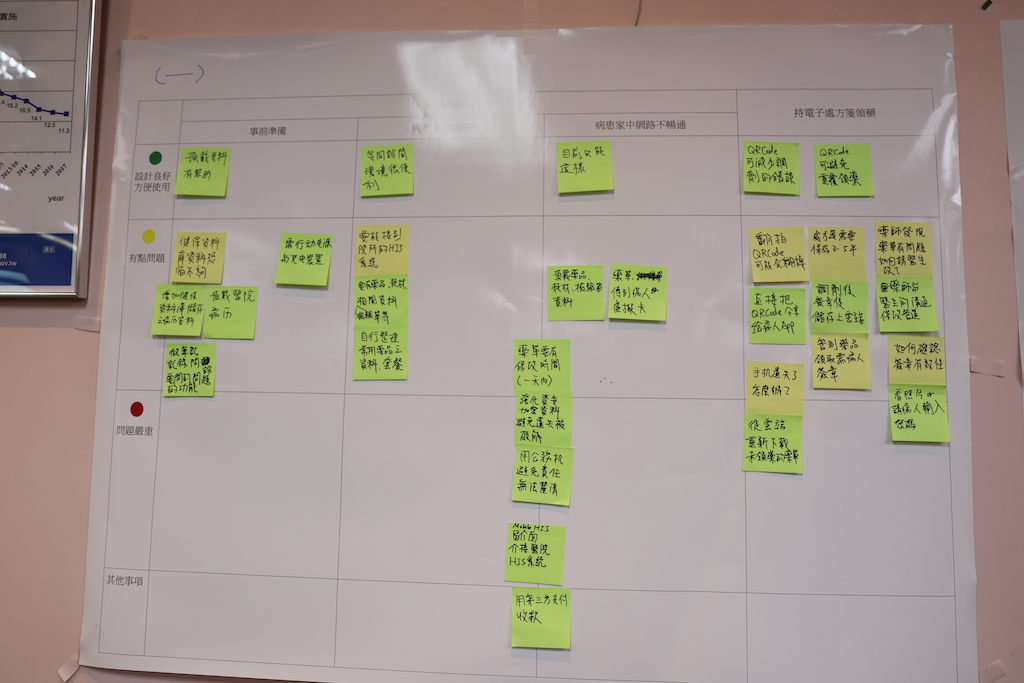
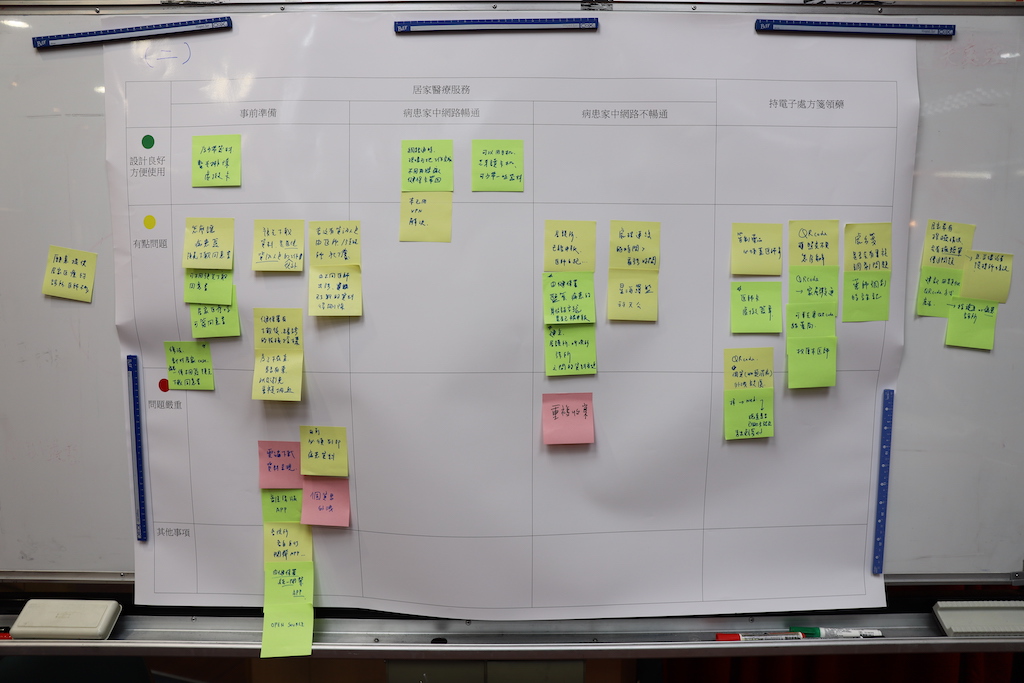
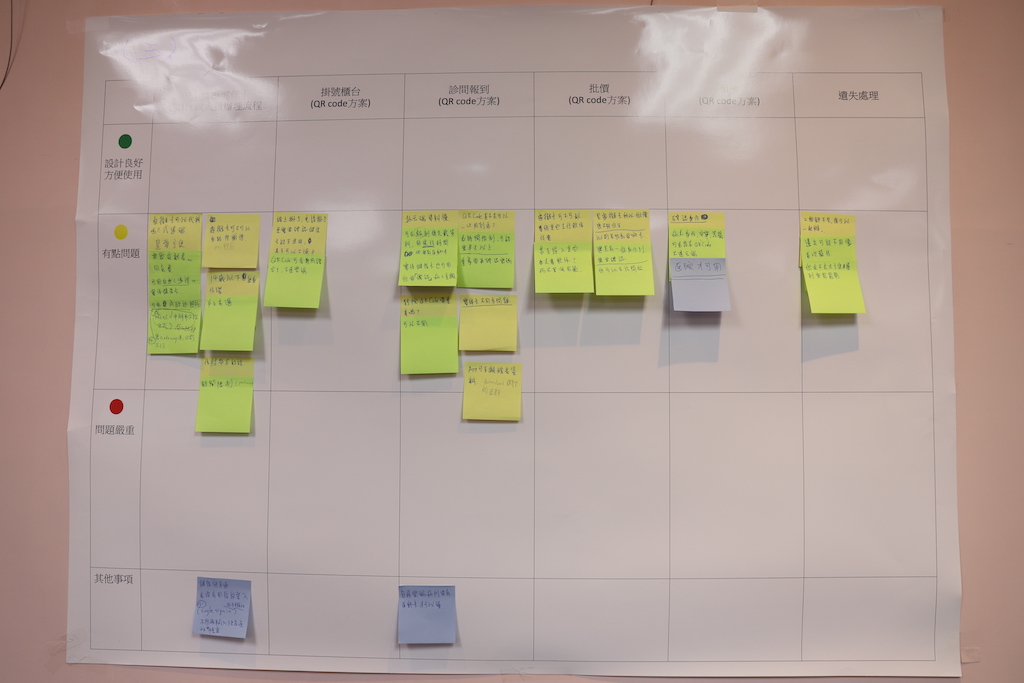
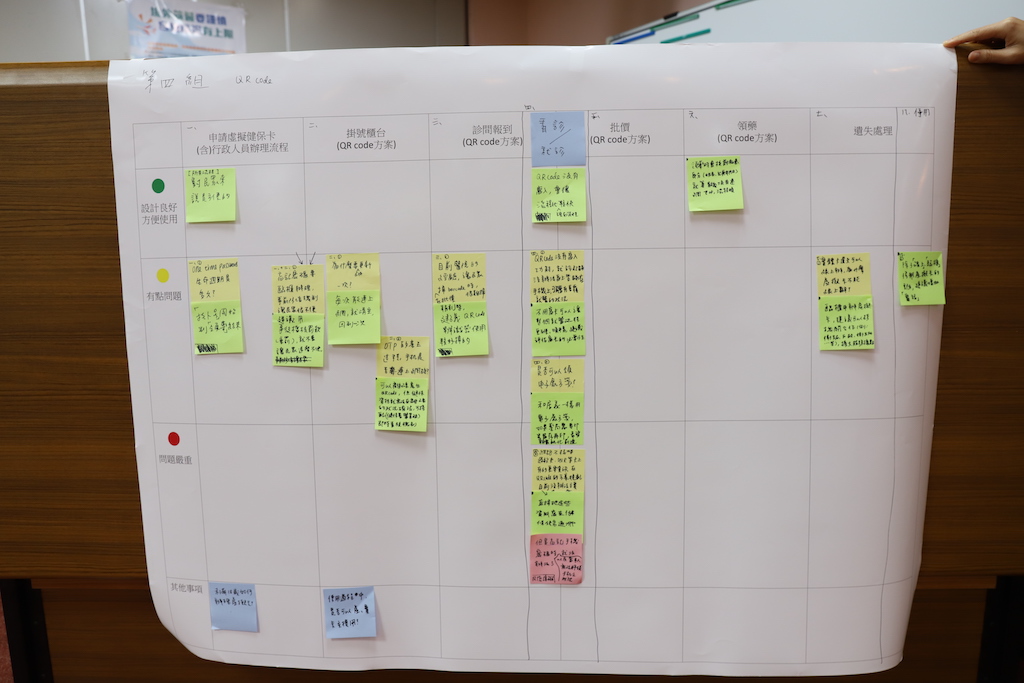
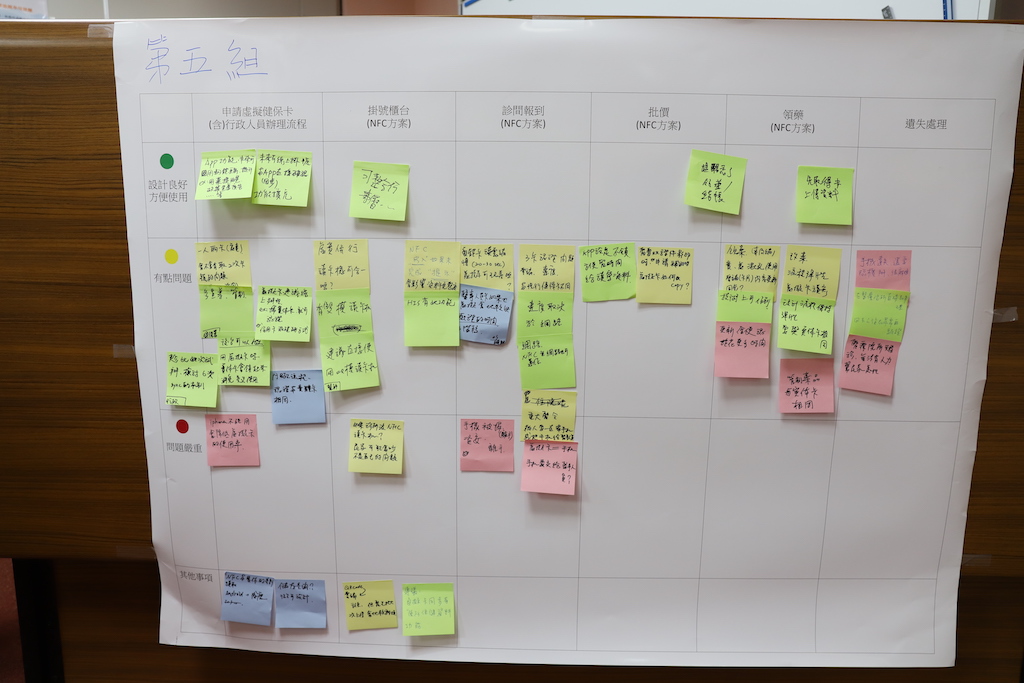
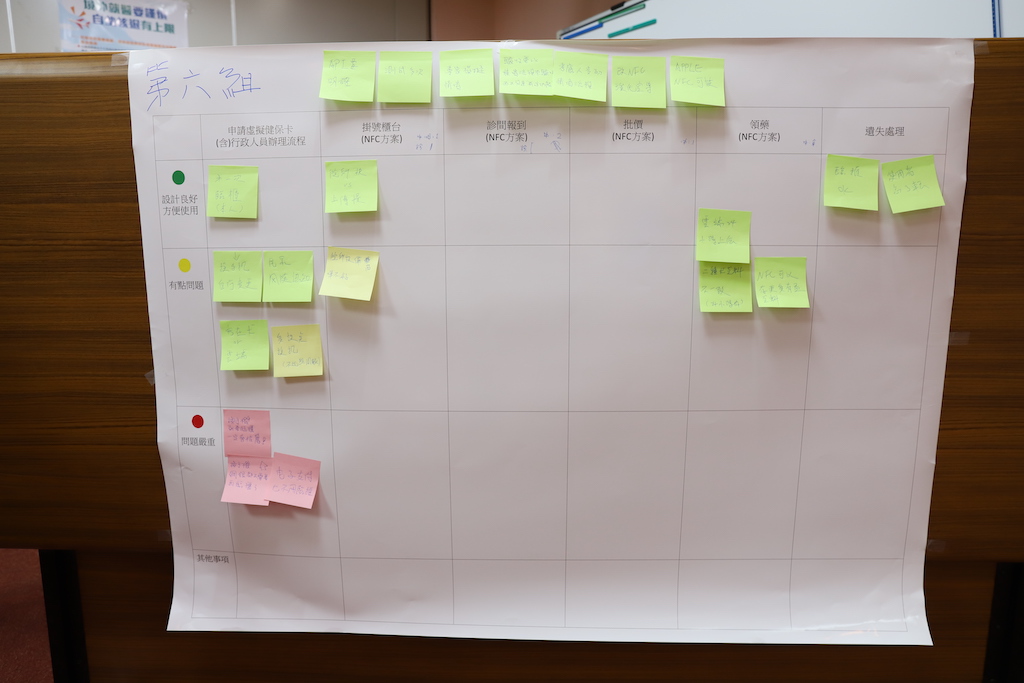
Compared with past collaborative meetings, this collaborative meeting can be more detailed in planning because it has three times. The first collaborative meeting collected the opinions of each user, the second time gathered the specific feasible plan, and the third time invited the interested parties to express the suggestions for the process. The Future Health Insurance Agency will also plan public testing, hoping to find problems in the early stages of the policy, so that the policies can be more detailed and closer to the needs of the people.
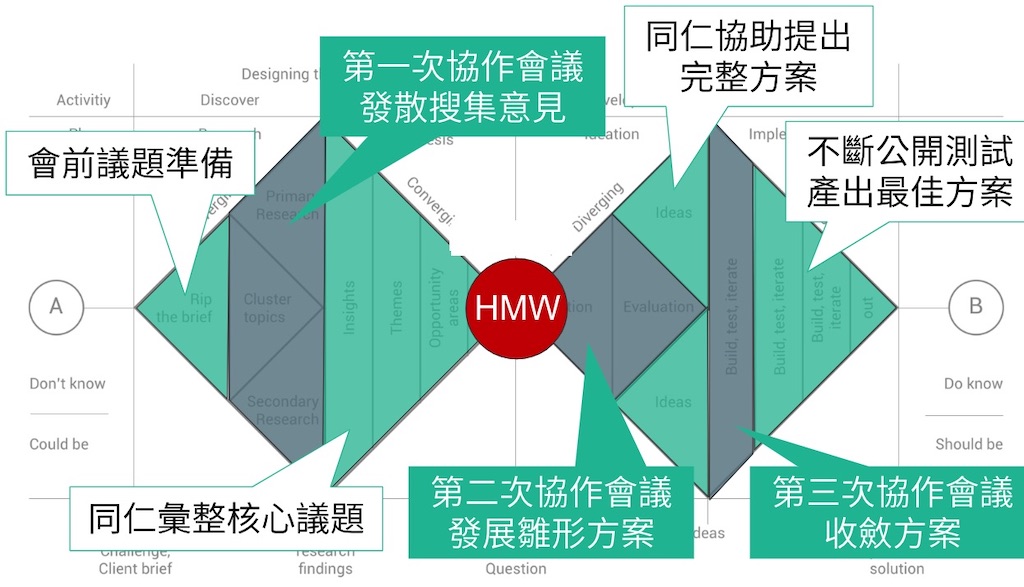
Three Collaboration Conference Participants Evaluation High
For these several collaborative meetings, what did the participants say?
There was a participant who said that these collaborative meetings allowed opportunities to communicate between different roles. "Multipleness is more"; the way in which tables are presented during discussions is also very special. He said that in order to help everyone understand the film is very accurate, let everyone know the difference between NFC and QR Code programs, the difference will be known in the preview. He said that in the case of the government, such a meeting has been very flexible, and most of them have given positive recognition. If there is an opportunity in the future, he is interested in participating in such a meeting to provide advice.
Another physician pointed out that he had had many meetings before, but the form of collaborative meetings was refreshing. He hopes that in the future, many organizations can use this method to integrate pre-implementation opinions. He pointed out that in this meeting, we can see the good ideas put forward by many stakeholders and the future can be included in the initiative. However, he observed that after splitting into six groups of discussions, although there were many identical views, there were also conflicting views, which were difficult to clarify in a short time, and there was no clear clarification of these differences at the meeting.
The doctor's partner who participated in many collaborative meetings pointed out that there were many functions in the first discussion, but because of the restrictions of the regulations, many functions were excluded; he suggested that the focus of discussion in the future can be Let's give you a reference before the meeting. You can think about it before you meet it, or discuss it with your friends on various occasions. It may be more clarifying the problem.
For the record of the meeting, he shared that the traditional meeting only records the summary, it is easy to be distorted, and these opinions must return to the context at the time, otherwise it is easy to be distorted. If there is a verbatim record, it will not be misunderstood. In terms of the procedural aspects of the discussion, the tables used in the discussion are more focused on the discussion, and the post-it notes are also suitable for discussion. He highly praised the host team and thought that these moderators could be used as seeds to introduce many conference venues and make the conference more effective and effective. He believes that such a meeting is very different from the traditional one, and the suggestion can be introduced in the public sector or in the enterprise.
He expects that after these meetings have been opened, they can organize their opinions well. Even if they are not adopted, at least the ruling party is willing to fully think about it and face the opinions of various ethnic groups. The future policy will be more continuous. He hopes that such an approach can be used as a mirror for future public policy. "I personally rate it very high."
 (This work is licensed under a Creative Commons Attribution 4.0 International License.)
(This work is licensed under a Creative Commons Attribution 4.0 International License.)